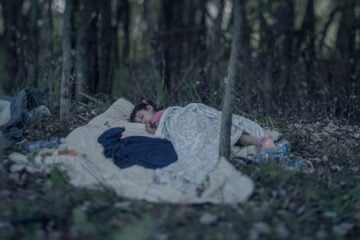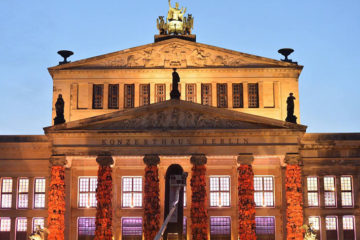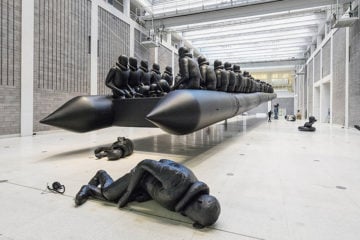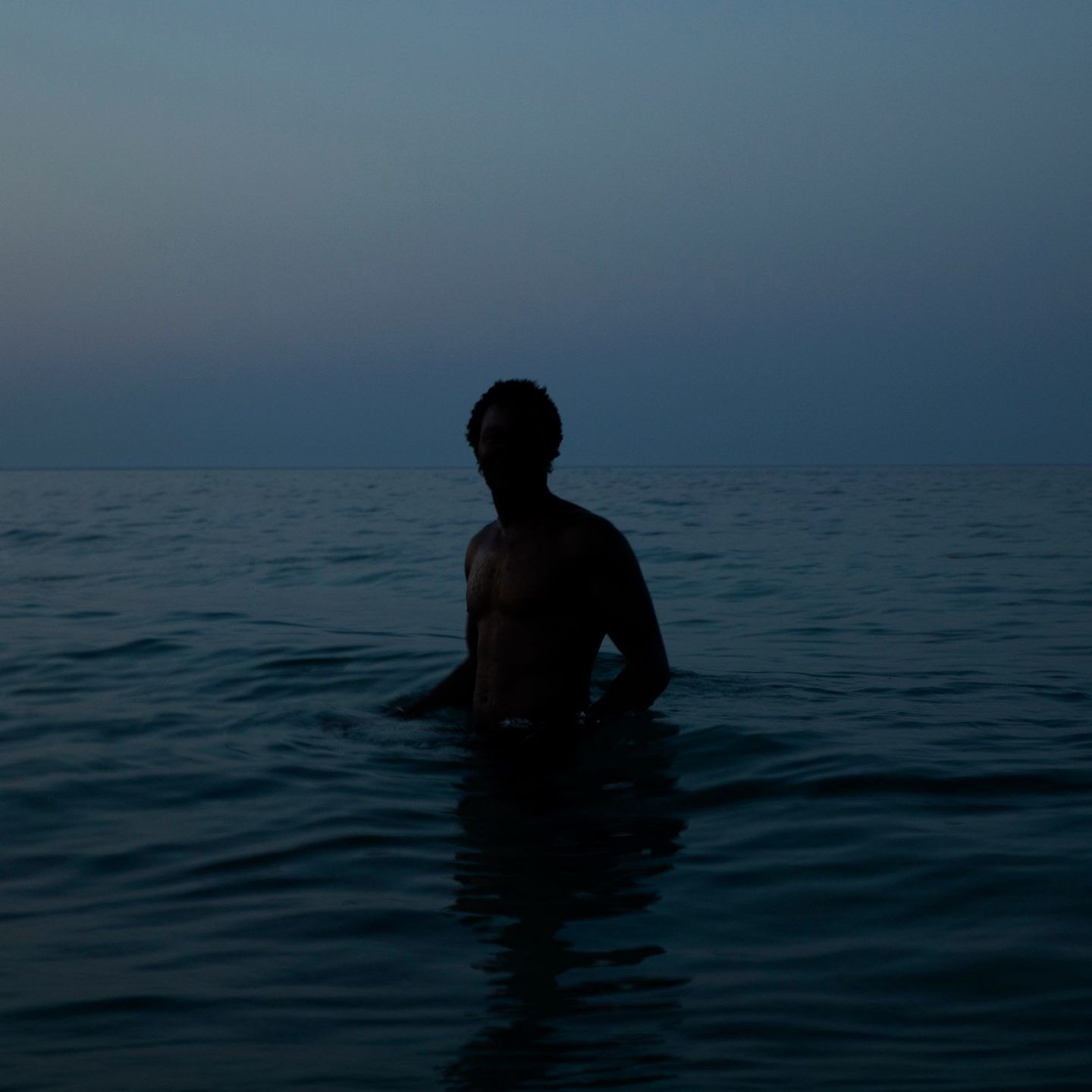
Fata Morgana, The Plight Of Refugees
- Name
- Alessia Rollo
- Project
- Fata Morgana
- Location
- Italy · Salento
- Words
- Rosie Flanagan
A Fata Morgana is a complex mirage that sits just above the skyline; unreachable and unknowable, illusory and powerful. In Alessia Rollo’s series of the same name, she photographs her home in Italy, “Salento, like all of Europe,” she explains, “has recently become a false place of wonder and hope for people who are fleeing their homes in search of better lives.”
In ‘Fata Morgana’, Rollo boldy illustrates that such a place cannot exist; it is a mirage that has distorted the land upon which it is based to the point at which it is no longer recognizable. “These pictures represent a metaphor for our geopolitical situation,” she explains, “which quickly transforms reality into myth, and myth into reality.” In ‘Fata Morgana’, Rollo offers perspectives of migration and the immigrant labor market with clear symbolism; and in her photos myth bleeds into reality and vice versa.
The images themselves act as mirages; representing allegorically the plight of the refugee. Amongst the series is a photograph of watermelons that have washed in from the tide, a metaphoric wreck of the dead and discarded. In a vase, the plastic wrapped red roses sold by Pakistani refugees at nighttime in Salento stand disintegrating, a “mirage of a decayed economy”.
The phenomenon of Fata Morgana is named after the Arthurian enchantress Morgan le Fay, who lured sailors to their death with mirages of castles and land. This story bears striking similarity to the plight of refugees in current times—lured to fates that they had not expected with the promise of a better life. “For many refugees and migrants from Africa and beyond, the future is comprised of imaginary lives and lands”, Rollo explains, “—and yet the destination they dream about, the horizon, is constantly shifted further and further away.”
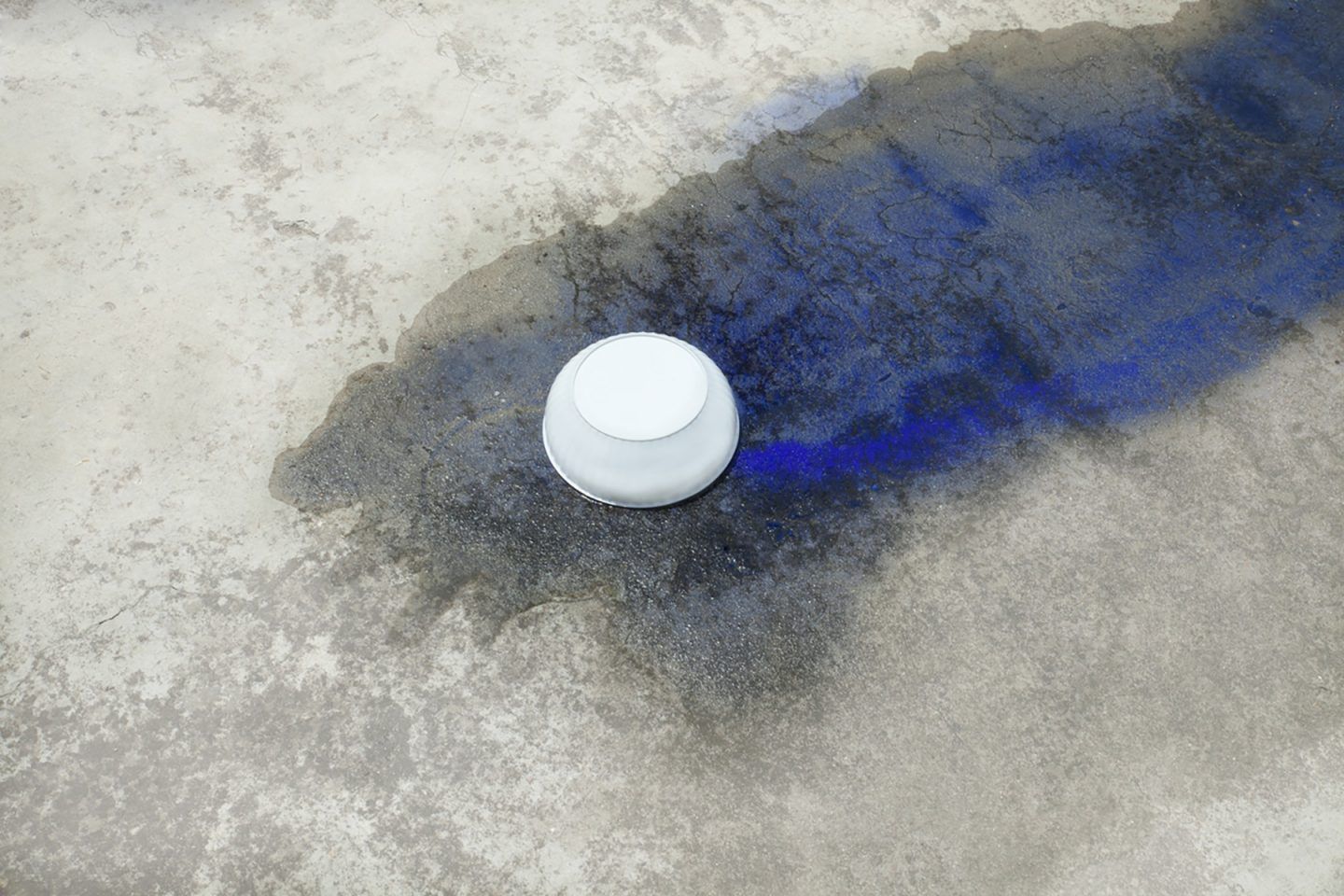

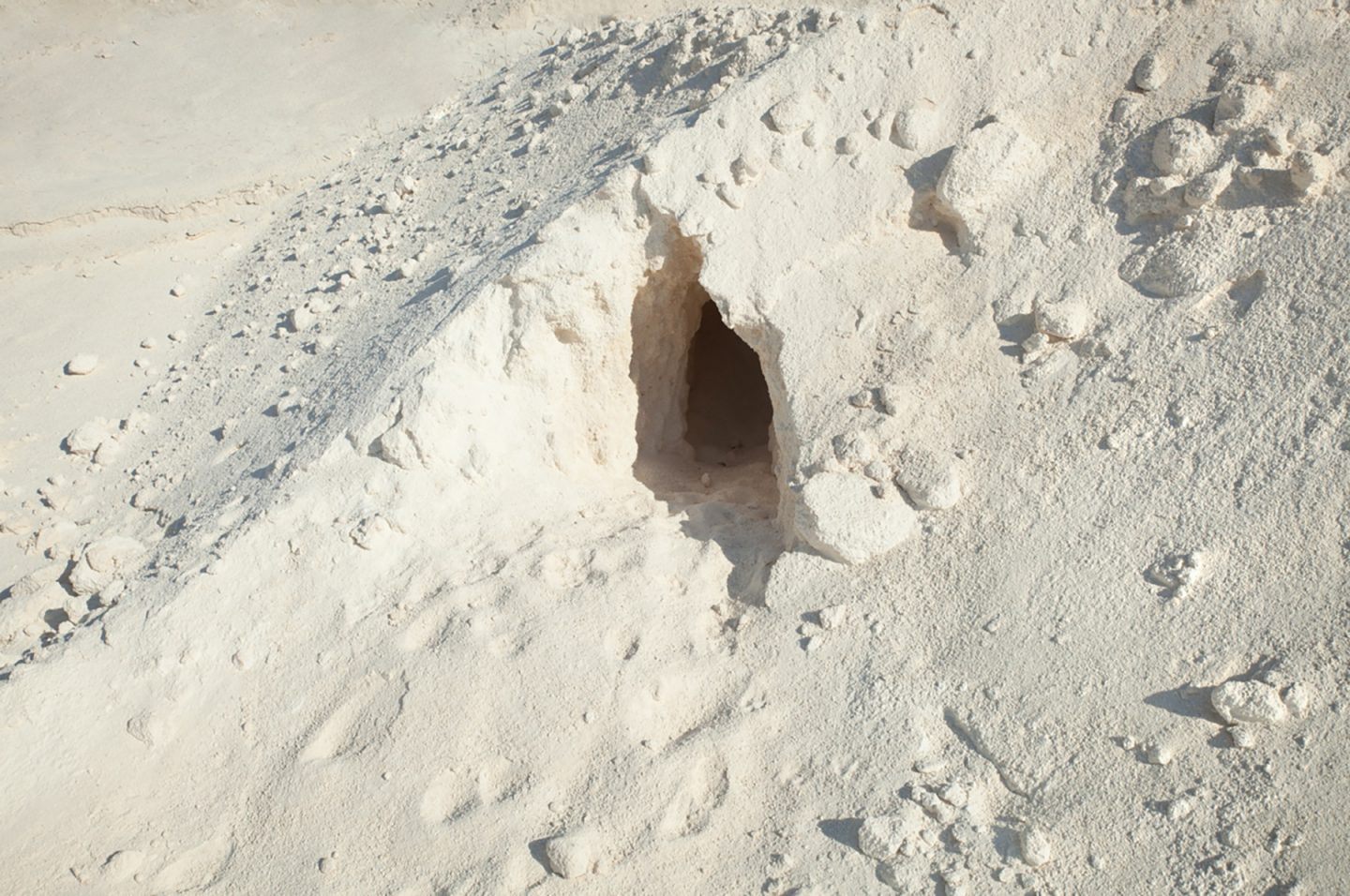
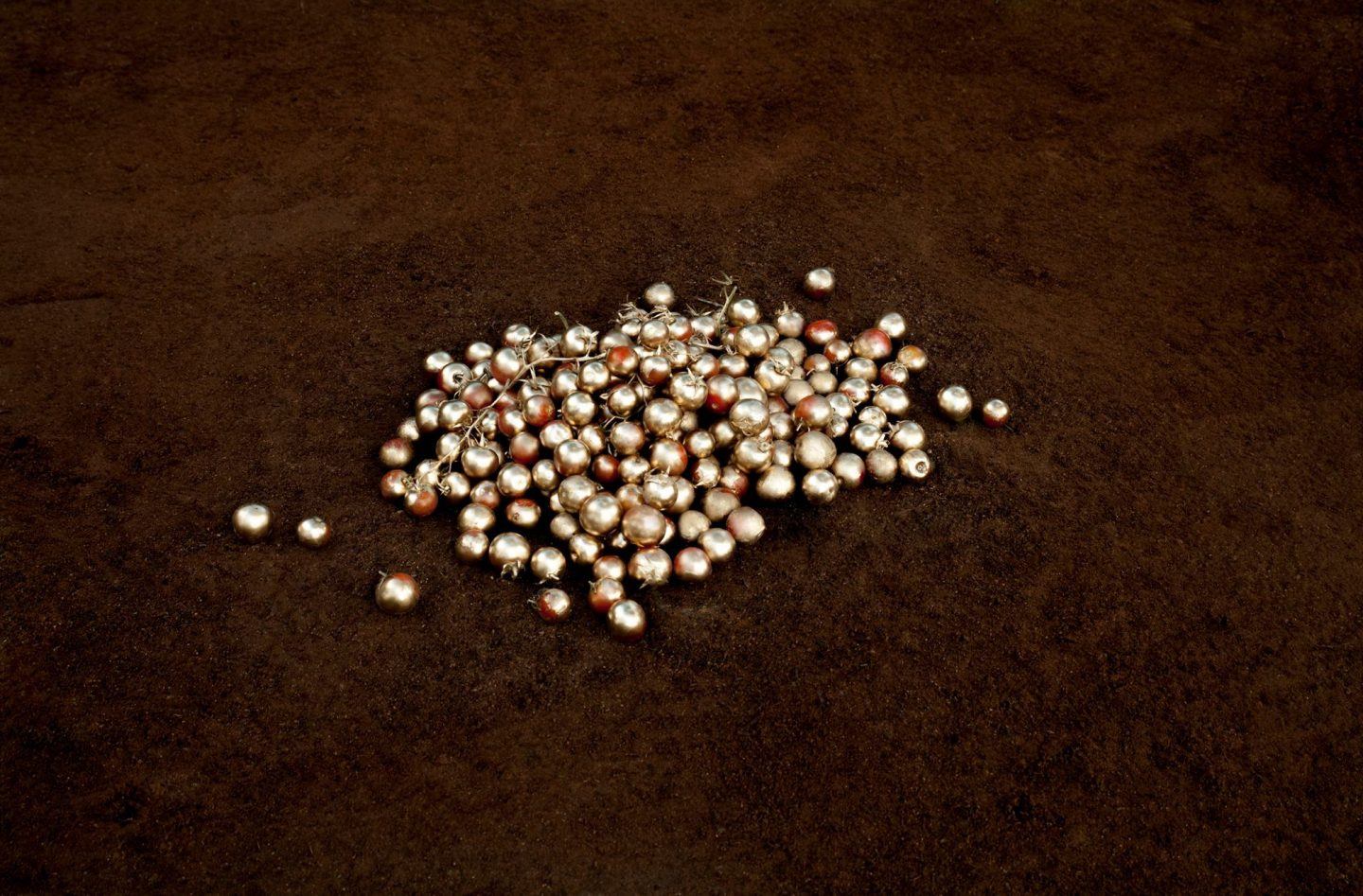
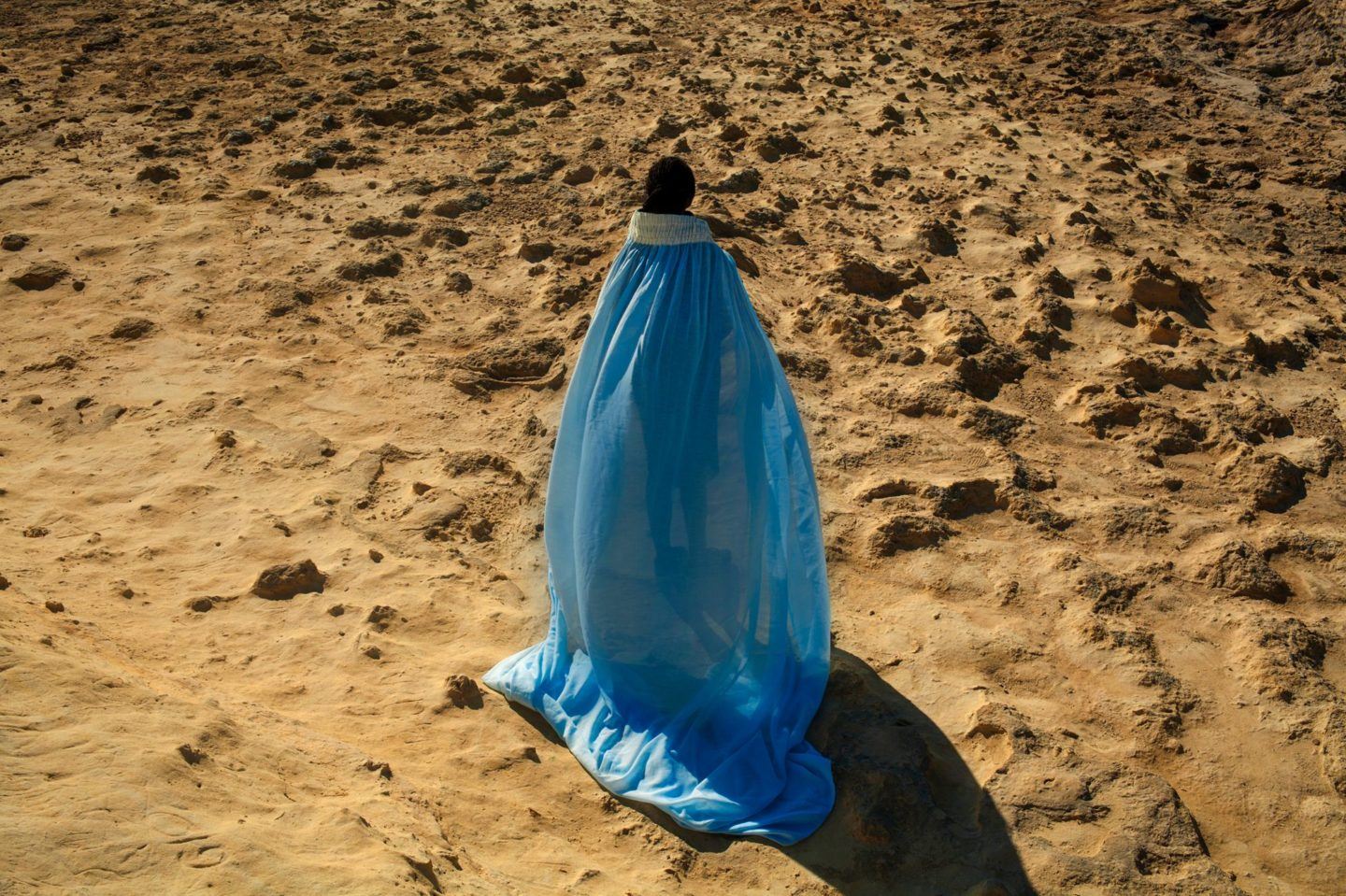
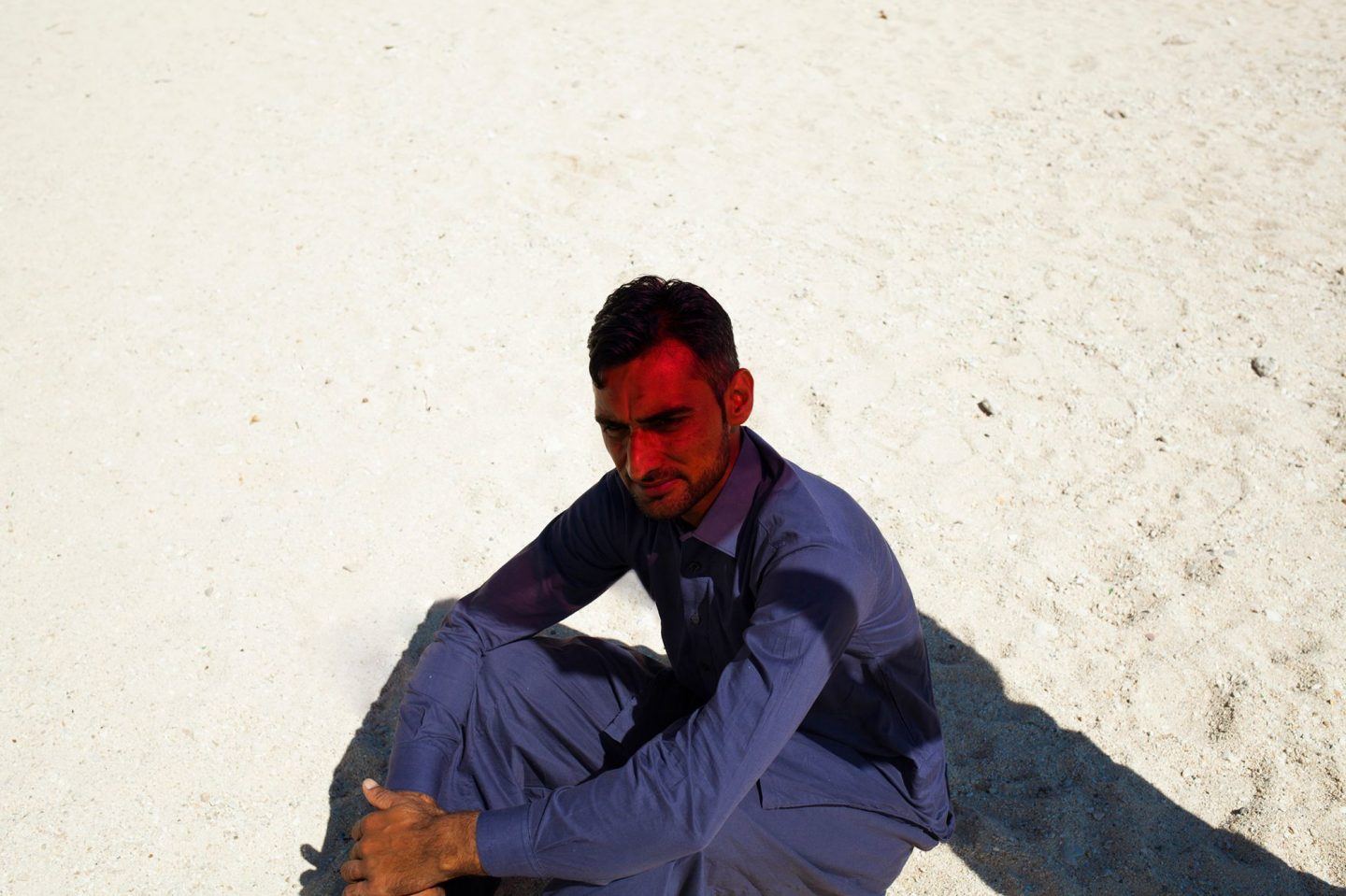
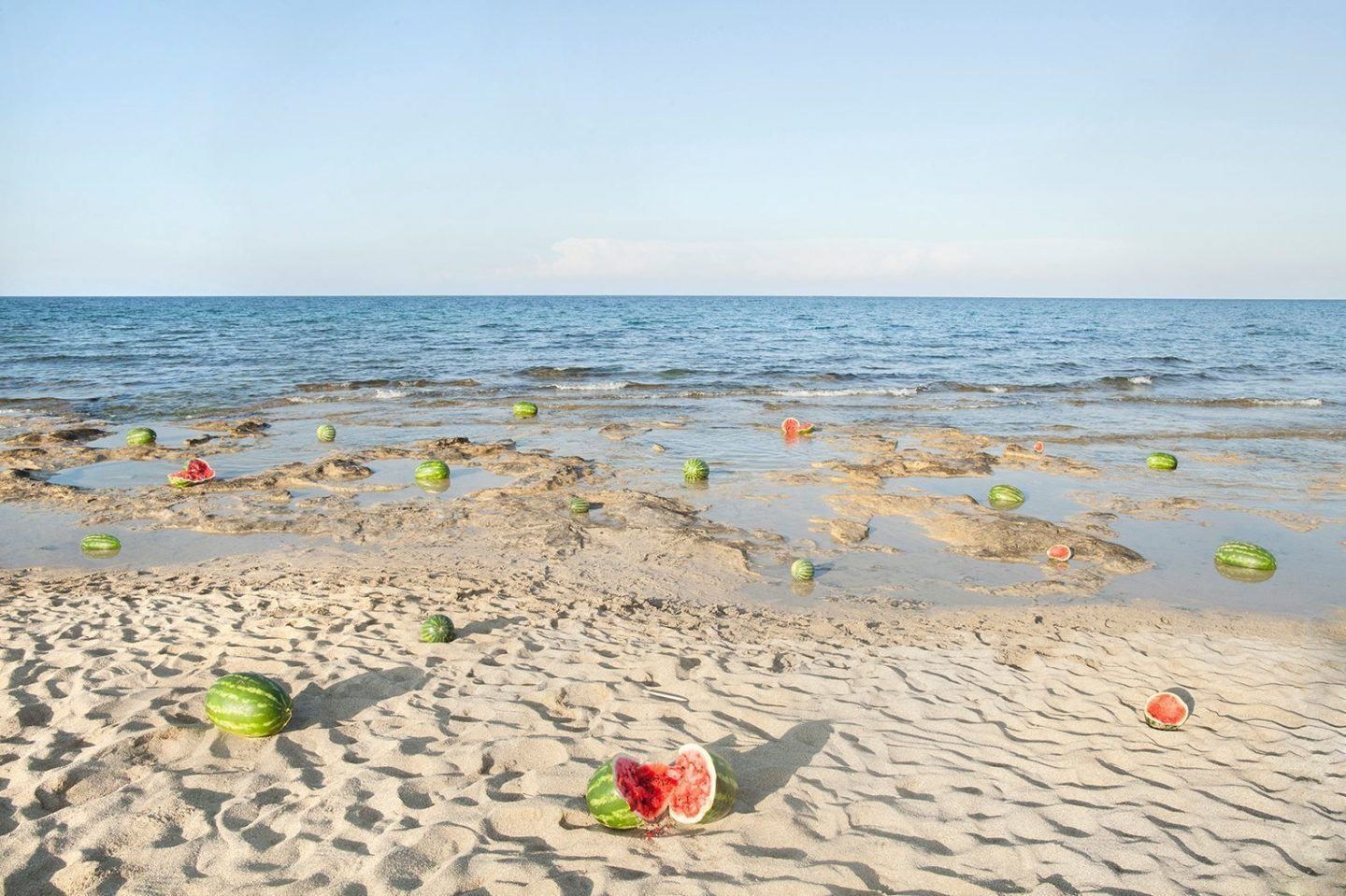

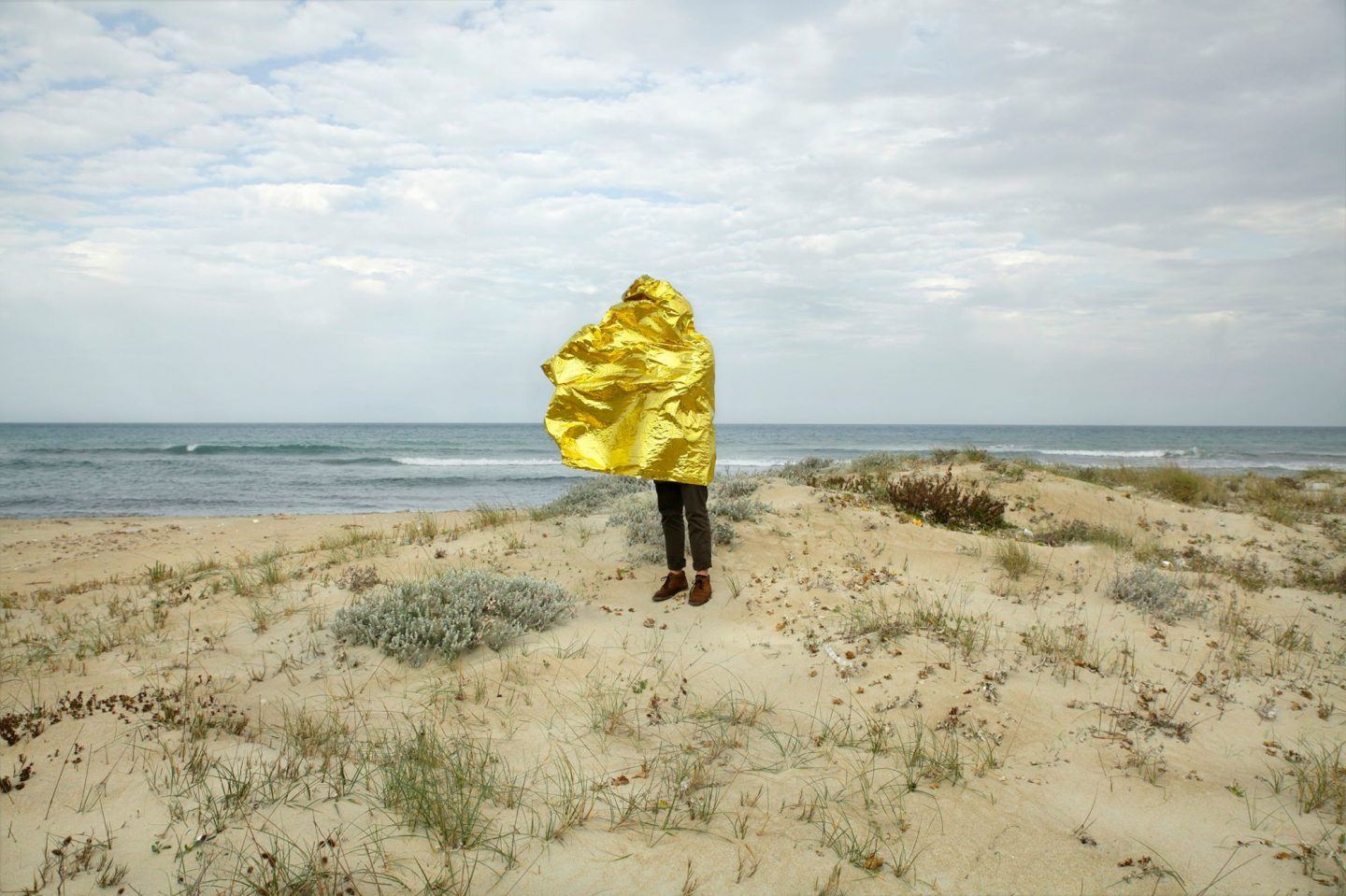
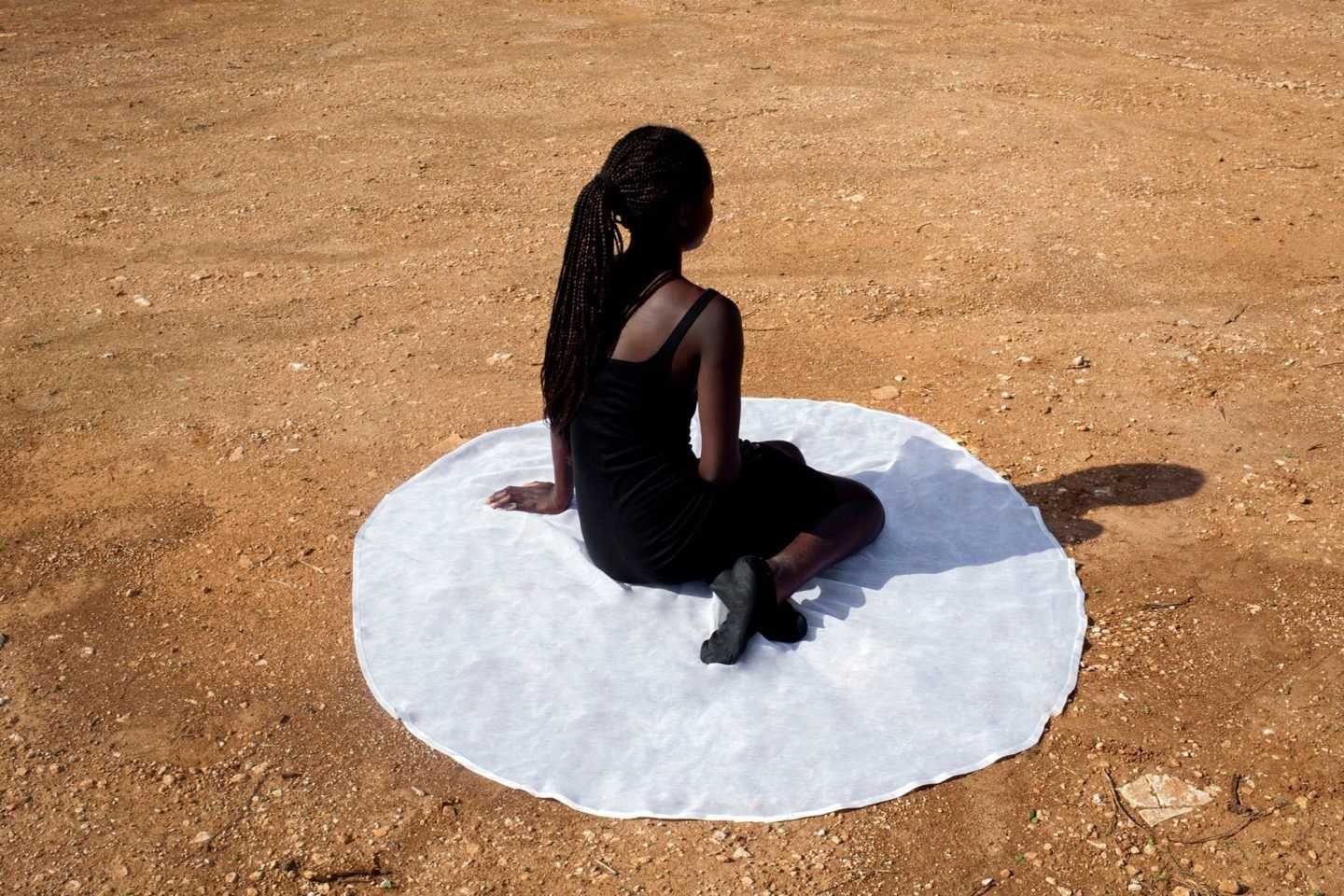
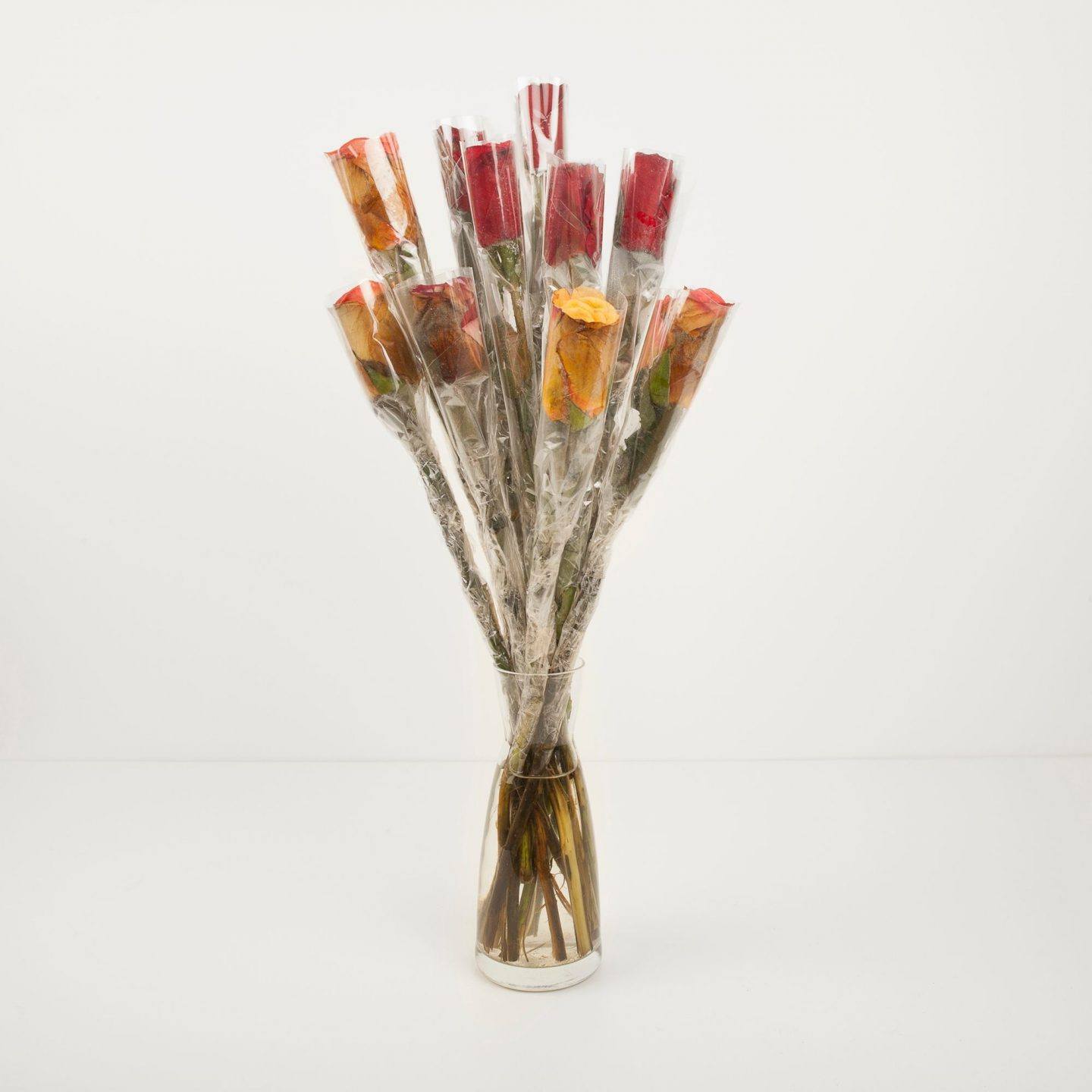
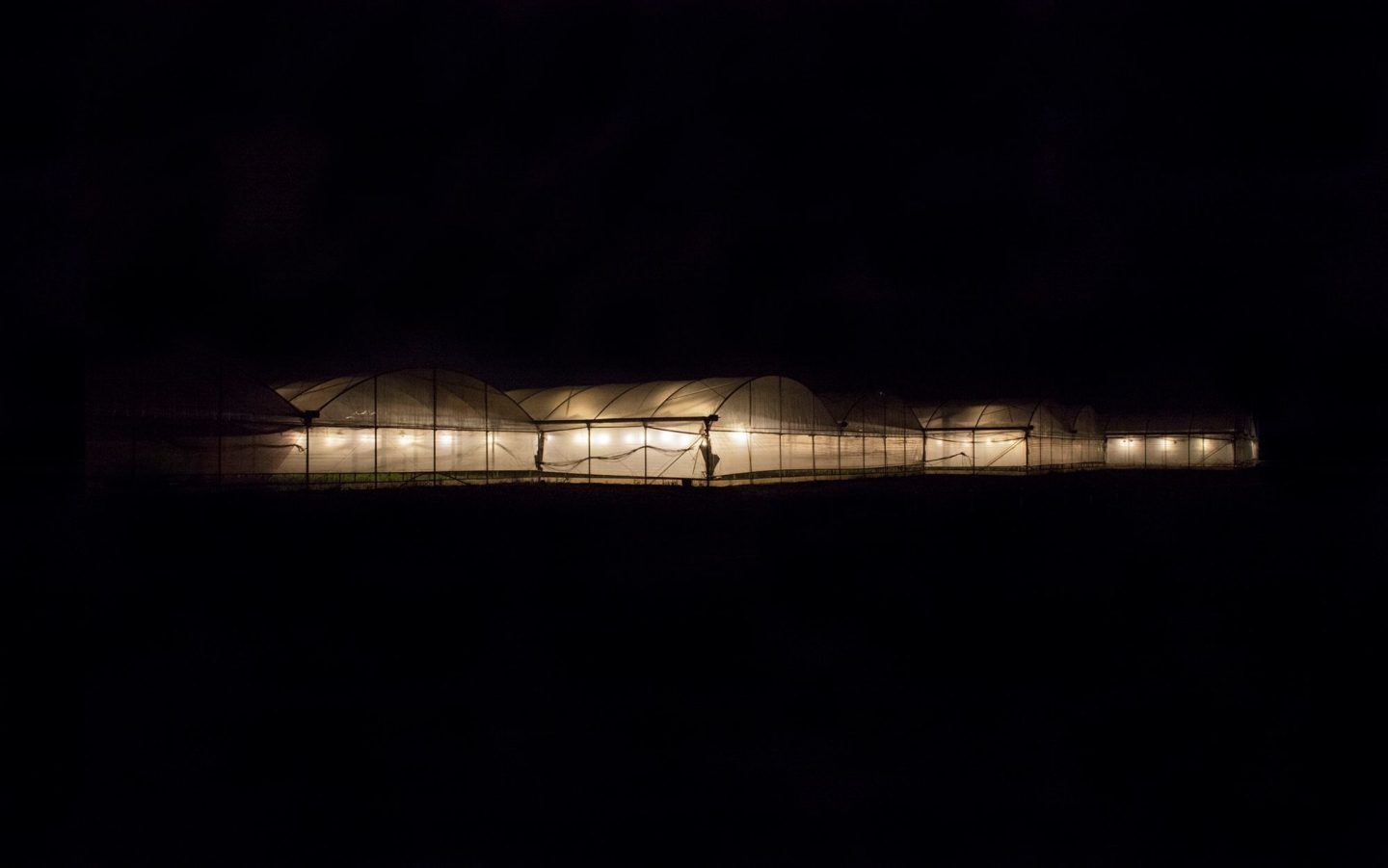
All images © Alessia Rollo
